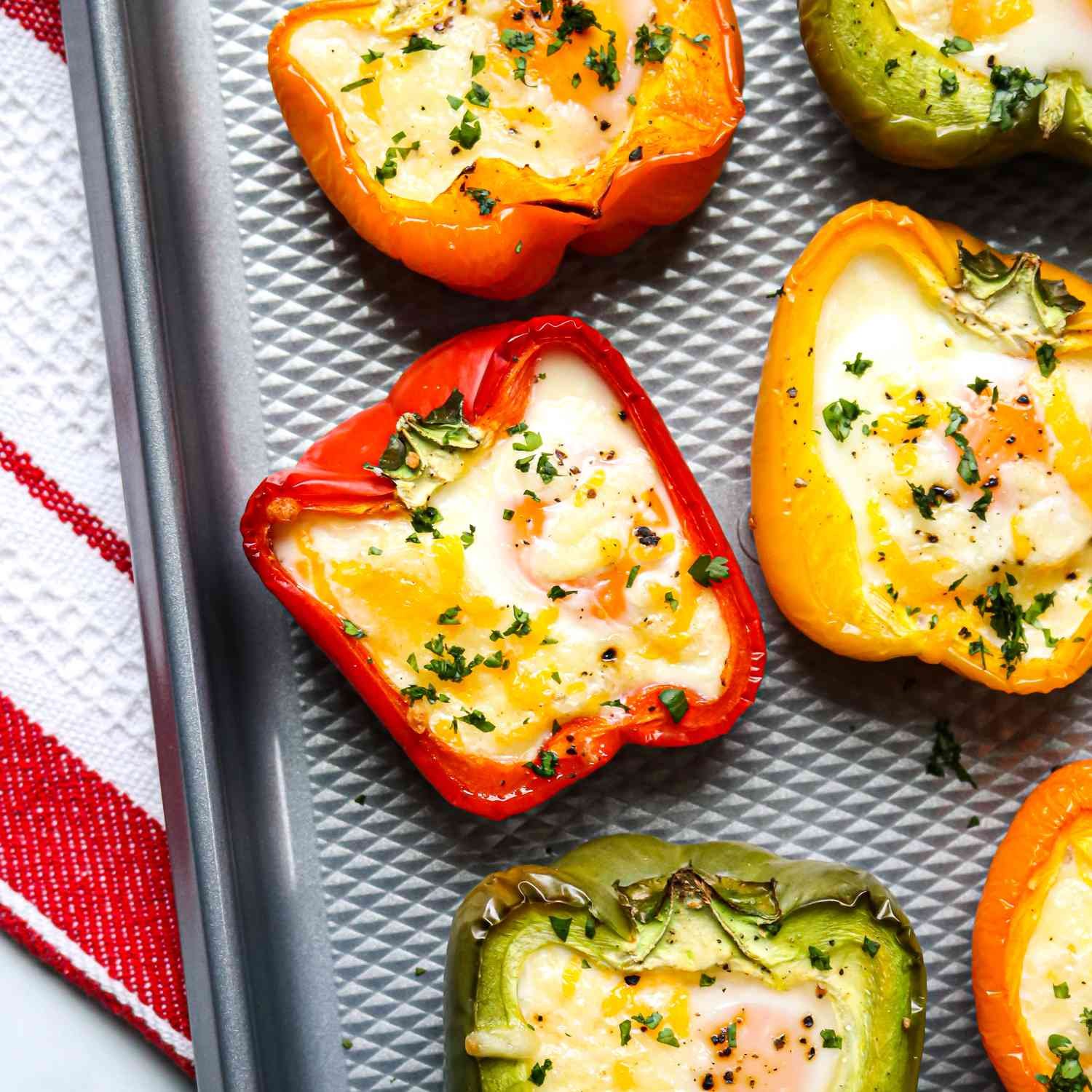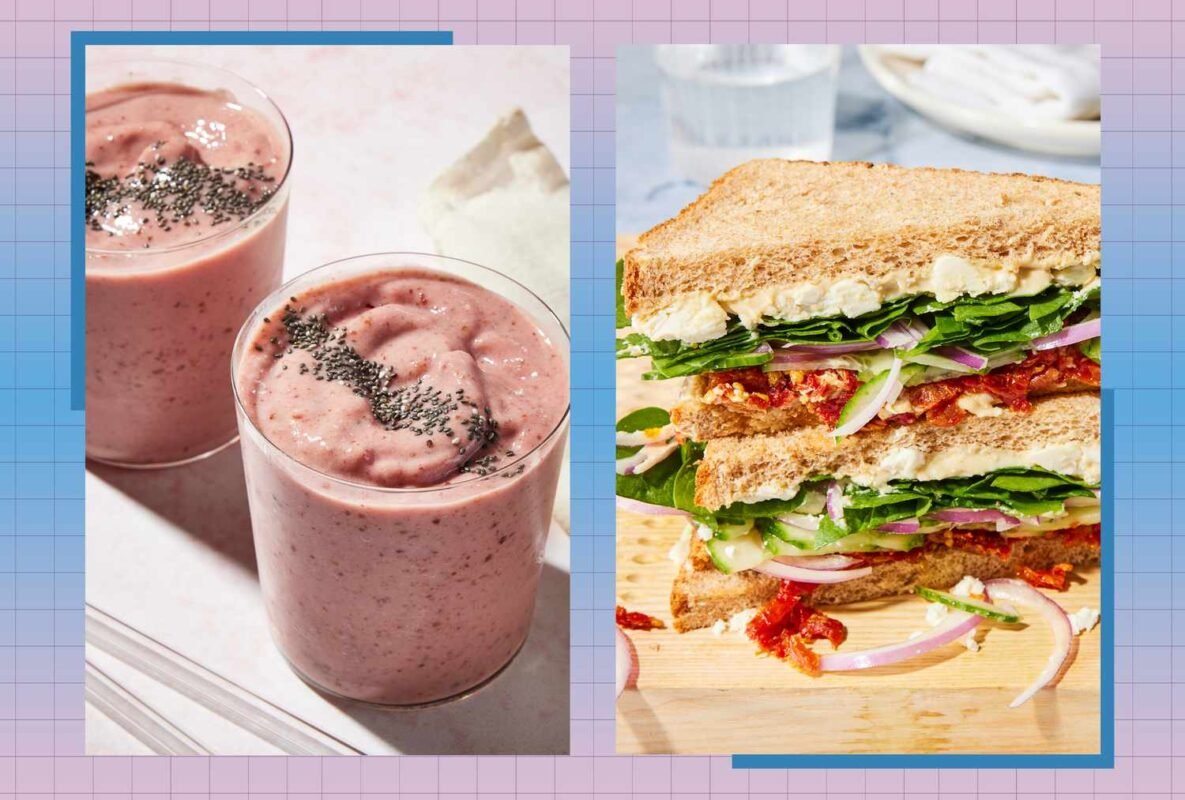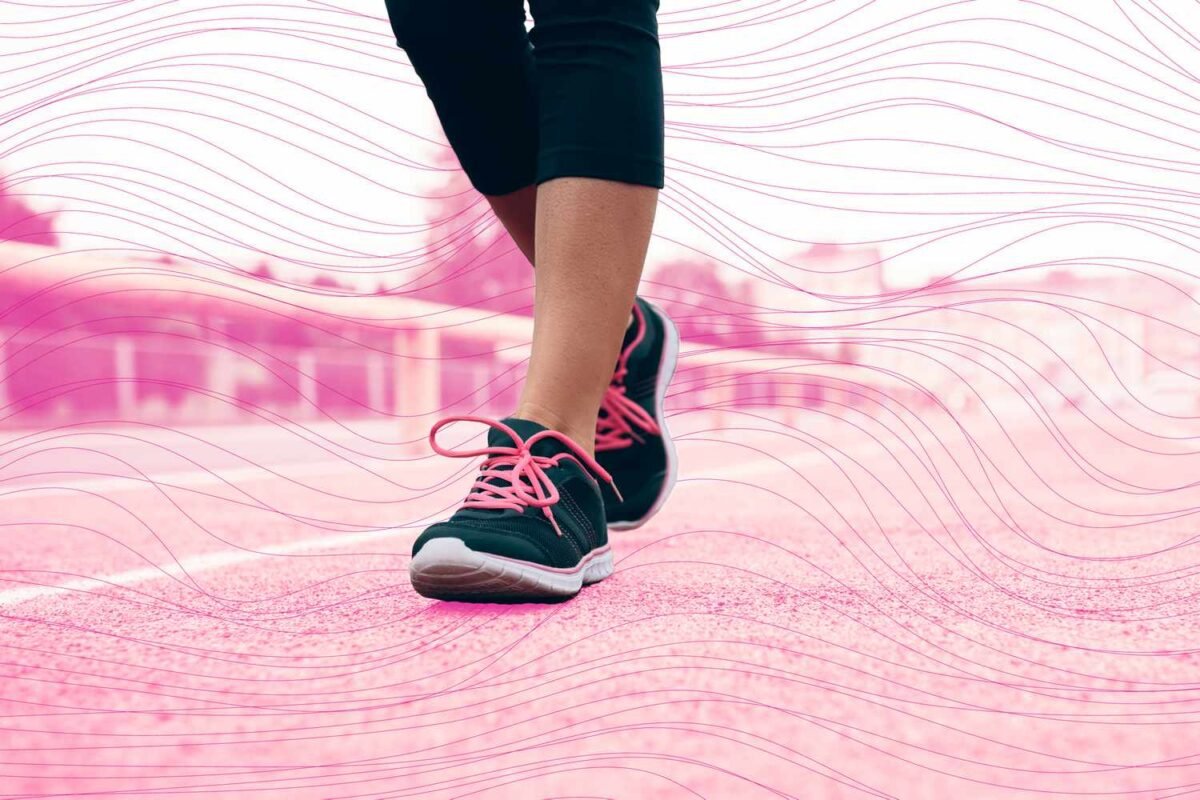Events
7-Day No-Sugar Meal Plan for Diabetes

| Meal Plan at a Glance | ||
|---|---|---|
| BREAKFAST/ A.M. SNACK | LUNCH/ P.M. SNACK | DINNER |
| Egg cup & apple/ Yogurt & blackberries | Bean salad/ almonds | Salmon & quinoa |
| Egg cup & apple/ Raspberries & walnuts | Noodle bowl & plum/ kefir & peach | Chicken fajitas |
| Egg cup & apple/ Celery & peanut butter | Noodle bowl & plum/ Yogurt & blackberries | Lentil salad & pita |
| Toast, peanut butter & banana/ Pear | Noodle bowl & plum/ Almonds | Chicken hummus bowl |
| Yogurt, raspberries & almonds/ Blackberries & almonds | Noodle bowl & plum/ Peach & walnuts | Pasta salad & chopped salad |
| Toast, peanut butter & banana/ Pear & yogurt | Pasta salad/ Almonds | Chopped salad & baguette |
| Toast, peanut butter & banana/ Blackberries & almonds | Pasta salad/ Kefir & plum | Fish tacos & chopped salad |
Day 1
Breakfast (300 calories, 33g carbohydrate)
Morning Snack (140 calories, 13g carbohydrate)
- ⅔ cup low-fat plain Greek yogurt
- ½ cup blackberries
Lunch (322 calories, 41g carbohydrate)
Afternoon Snack (193 calories, 7g carbohydrate)
- 25 unsalted dry-roasted almonds
Dinner (557 calories, 31g carbohydrate)
Daily Totals: 1,512 calories, 87g protein, 80g fat, 125g carbohydrate, 32g fiber, 1,196mg sodium
To make it 2,000 calories: Add 2 Tbsp. natural peanut butter to the apple at breakfast, add 10 dried walnut halves to the morning snack, and add 1 large pear to the afternoon snack.
Day 2
Breakfast (300 calories, 33g carbohydrate)
Morning Snack (173 calories, 12g carbohydrate)
- ⅔ cup raspberries
- 10 dried walnut halves
Lunch (408 calories, 36g carbohydrate)
Afternoon Snack (141 calories, 23g carbohydrate)
- ¾ cup low-fat plain kefir
- 1 medium peach
Dinner (500 calories, 38g carbohydrate)
Daily Totals: 1,522 calories, 86g protein, 74g fat, 143g carbohydrate, 31g fiber, 1,506mg sodium
To make it 2,000 calories: Add 2 Tbsp. natural peanut butter to apple at breakfast, increase to 12 walnuts at the morning snack, and add 1 serving Guacamole Chopped Salad to dinner.
Day 3
Breakfast (300 calories, 33g carbohydrate)
Morning Snack (223 calories, 8g carbohydrate)
- 2 medium stalks celery
- 2 Tbsp. natural peanut butter
Lunch (408 calories, 36g carbohydrate)
Afternoon Snack (197 calories, 16g carbohydrate)
- 1 cup low-fat plain Greek yogurt
- ½ cup blackberries
Dinner (364 calories, 41g carbohydrate)
Daily Totals: 1,491 calories, 88g protein, 69g fat, 134g carbohydrate, 32g fiber, 1,646mg sodium
To make it 2,000 calories: Add 1 serving Raspberry-Kefir Power Smoothie to breakfast, add 20 unsalted dry-roasted almonds to the afternoon snack, and increase to 1 whole pita at dinner.
Day 4
Breakfast (282 calories, 31g carbohydrate)
- 1 slice sprouted-wheat toast
- 1½ Tbsp. natural peanut butter
- ½ medium banana, sliced
- Pinch of cinnamon
Top toast with peanut butter, sliced banana and a pinch of cinnamon.
Morning Snack (131 calories, 35g carbohydrate)
Lunch (408 calories, 36g carbohydrate)
Afternoon Snack (206 calories, 7g carbohydrate)
- ¼ cup unsalted dry-roasted almonds
Dinner (485 calories, 27g carbohydrate)
Daily Totals: 1,512 calories, 75g protein, 80g fat, 136g carbohydrate, 31g fiber, 1,352mg sodium
To make it 2,000 calories: Add 1 serving Raspberry-Kefir Power Smoothie to breakfast, add 15 dried walnut halves to the morning snack, and add 1 medium peach to the afternoon snack.
Day 5
Breakfast (297 calories, 20g carbohydrate)
- 1 cup low-fat plain Greek yogurt
- ½ cup raspberries
- 3 Tbsp. chopped almonds
Morning Snack (178 calories, 18g carbohydrate)
- 1 cup blackberries
- 15 unsalted dry-roasted almonds
Lunch (408 calories, 36g carbohydrate)
Afternoon Snack (163 calories, 17g carbohydrate)
- 1 medium peach
- 8 dried walnut halves
Dinner (467 calories, 39g carbohydrate)
Meal-Prep Tip: Reserve 2 servings Chicken Caesar Pasta Salad to have for lunch on days 6 and 7.
Daily Totals: 1,513 calories, 96g protein, 76g fat, 129g carbohydrate, 30g fiber, 1,326mg sodium
To make it 2,000 calories: Add 1 slice of sprouted-wheat toast with 1 Tbsp. natural peanut butter to breakfast, increase to 30 almonds at the morning snack, add 1 cup low-fat plain kefir to lunch and increase to 15 dried walnut halves at the afternoon snack.
Day 6
Breakfast (282 calories, 31g carbohydrate)
- 1 slice sprouted-wheat toast
- 1½ Tbsp. natural peanut butter
- ½ medium banana, sliced
- Pinch of cinnamon
Top toast with peanut butter, sliced banana and a pinch of cinnamon.
Morning Snack (214 calories, 40g carbohydrate)
- 1 large pear
- ½ cup low-fat plain Greek yogurt
Lunch (383 calories, 34g carbohydrate)
Afternoon Snack (206 calories, 7g carbohydrate)
- ¼ cup unsalted dry-roasted almonds
Dinner (410 calories, 49g carbohydrate)
Daily Totals: 1,495 calories, 78g protein, 64g fat, 160g carbohydrate, 30g fiber, 1,378mg sodium
To make it 2,000 calories: Add 1 serving Raspberry-Kefir Power Smoothie to breakfast, add 15 dried walnut halves to the morning snack, and increase to a 1-oz. slice whole-wheat baguette at dinner.
Day 7
Breakfast (282 calories, 31g carbohydrate)
- 1 slice sprouted-wheat toast
- 1½ Tbsp. natural peanut butter
- ½ medium banana, sliced
- Pinch of cinnamon
Top toast with peanut butter, sliced banana and a pinch of cinnamon.
Morning Snack (216 calories, 19g carbohydrate)
- 1 cup blackberries
- 20 unsalted dry-roasted almonds
Lunch (383 calories, 34g carbohydrate)
Afternoon Snack (140 calories, 20g carbohydrate)
- 1 cup low-fat plain kefir
- 1 plum
Dinner (478 calories, 40g carbohydrate)
Daily Totals: 1,500 calories, 85g protein, 69g fat, 144g carbohydrate, 32g fiber, 1,629mg sodium
To make it 2,000 calories: Add 1 serving Raspberry-Kefir Power Smoothie to breakfast, increase to 30 almonds at the morning snack, add 1 medium peach to lunch, and add 10 dried walnut halves to the afternoon snack.
Frequently Asked Questions
-
Is it OK to mix and match meals if there’s one I don’t like?Yes! This meal plan is meant to serve as inspiration. It doesn’t need to be followed exactly to reap the benefits. When choosing recipes, we made sure to check the calories, fiber, protein and sodium to align with the parameters of this plan and be within our sodium limits. If you’re making a recipe swap, it may be helpful to choose a recipe with similar calories, fiber, protein and sodium levels. For more inspiration, check out these delicious no-sugar recipes.
-
Can I eat the same breakfast or lunch every day?Definitely, it’s fine to eat the same breakfast or lunch every day. The breakfasts range from 282 to 300 calories while the lunches span 322 to 408 calories. These ranges are fairly close, though if you’re closely monitoring your calories or other nutrients, like protein, you may want to adjust a snack or two.
-
Why is there not a modification for 1,200 calories?We no longer provide modifications for 1,200-calorie days in our meal plans. The 2020-2025 Dietary Guidelines for Americans suggests that limiting calories to 1,200 per day is too low for most people to meet their nutritional needs, plus it’s unsustainable for long-term health and well-being.
-
What are added sugars?Unlike natural sugars found in fruits, vegetables and dairy, added sugars are introduced during processing to enhance sweetness. Natural sugars are often accompanied by beneficial nutrients—like fiber, protein, vitamins and minerals—that support overall health. Added sugars, on the other hand, contribute flavor and calories without those nutritional benefits. While it’s wise to limit added sugars, they can still fit into a healthy diet—even for people with diabetes. In fact, they’re useful in treating low blood sugar (hypoglycemia) when quick energy is needed. The key is moderation and making nutrient-dense choices part of your daily routine.
Strategies for Healthy Blood Sugar Levels
Exercise plays a crucial role in managing blood sugar, so aim to incorporate both strength training and cardio—starting slowly if needed. A 10-minute walk after each meal (30 minutes total daily) can significantly lower blood sugar. Pair this physical activity with smart beverage choices: limit sweetened drinks and opt for water, seltzer or other unsweetened options to avoid spiking your blood sugar levels.
When it comes to food, avoid “solo” carbs by pairing fast-digesting carbohydrates with protein or healthy fats to moderate your blood sugar response—think fruit with nut butter or Greek yogurt, and swap jam on toast for peanut butter. At the same time, prioritize fiber (a non-digestible carbohydrate) by choosing whole grains, beans, lentils and plenty of fruits and vegetables; higher fiber intake supports more stable blood sugar and overall health.
How We Create Meal Plans
Registered dietitians thoughtfully create EatingWell’s meal plans to be easy-to-follow and delicious. Each meal plan meets specific parameters depending on the health condition and/or lifestyle goal it is targeting and is analyzed for accuracy using the nutrition database, ESHA Food Processor. As nutritional needs differ from person to person, we encourage you to use these plans as inspiration and adjust as you see fit.
Dig Deeper
What Happens to Your Body When You Eat Sugar & Have Diabetes
12 Low-Sugar Fruits You Should Be Eating, Recommended by Dietitians












